Shannon View
Houses within 10km of this house
Displaying 17 houses.
Houses within 10km of Shannon View
Displaying 17 houses.
| House name | Description | |
|---|---|---|
| Ballard | The residence of John Singleton in 1814. Occupied by the Reverend M. Comyn Parish Priest in 1837 and by John Singleton who held from William Gabbett at the time of Griffith's Valuation. | |
| Knocknagore | A house on the Stacpoole estate built by Edmund Mahony who Weir writes married Mary Stacpoole of the Eden Vale family and still occupied by their descendants in the 20th century. | |
| Gower Hall | A house on the Burton estate held by Francis Keane from Henry S. Burton at the time of Griffith's Valuation and valued at £12. It had previously being occupied by James Lillis in 1814 and also by Richard Pilkington who married Maria Blood of Applevale in 1805. Previously, in 1786, Wilson refers to Gower as the seat of Mr. Ames, "situated on a hill". The house was reconstructed in the late 19th century and is still a family home, the centre of a dairying enterprise. |

|
| Mount Pleasant | An 18th century house that was the home of Richard Bury, son of John Bury of Shannon Grove, county Limerick. In the 19th century it was the residence of the Cox family. Griffith's Valuation shows that Captain J. Cox held the property from the representatives of Anthony Hickman. The house was valued at £22. Two other houses in the townland of Clarefield were also occupied by members of the Cox family, Kate Ville and Mary Ville. This house is now a ruin. |
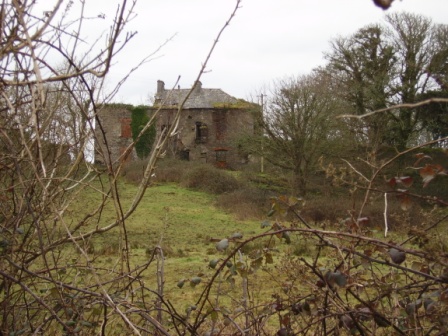
|
| Ballykett | Home of a branch of the Hickman family in the 18th century. Weir writes that the Tymons lived here at the end of the 18th century. Occupied by Thomas Pilkington in 1814 and later by the O'Donnell family and then the Brews. No house is named on the first Ordnance Survey map of 1842. George Brew held a house valued at 2 shillings at the time of Griffith's Valuation. The original house was demolished and replaced by a late 19th century house. Also known as Elmgreen, Taylor and Skinner's map 1778 shows two houses beside each other named Elmgreen occupied by Hickman and Ballykett by Monsell. | |
| Querrin | Originally built in the Dutch style by the Van Hogart family who intermarried with the Hickmans of nearby Ballykett. Later the home of the Borough family, William Borough was resident in 1814 and it was later occupied by their descendants, the Counihans. Dr John F. Counihan was in possession of Querrin in 1906. This house close to the shore of the Shannon is still a family home, old walls are still evident and the house has been modernised. |
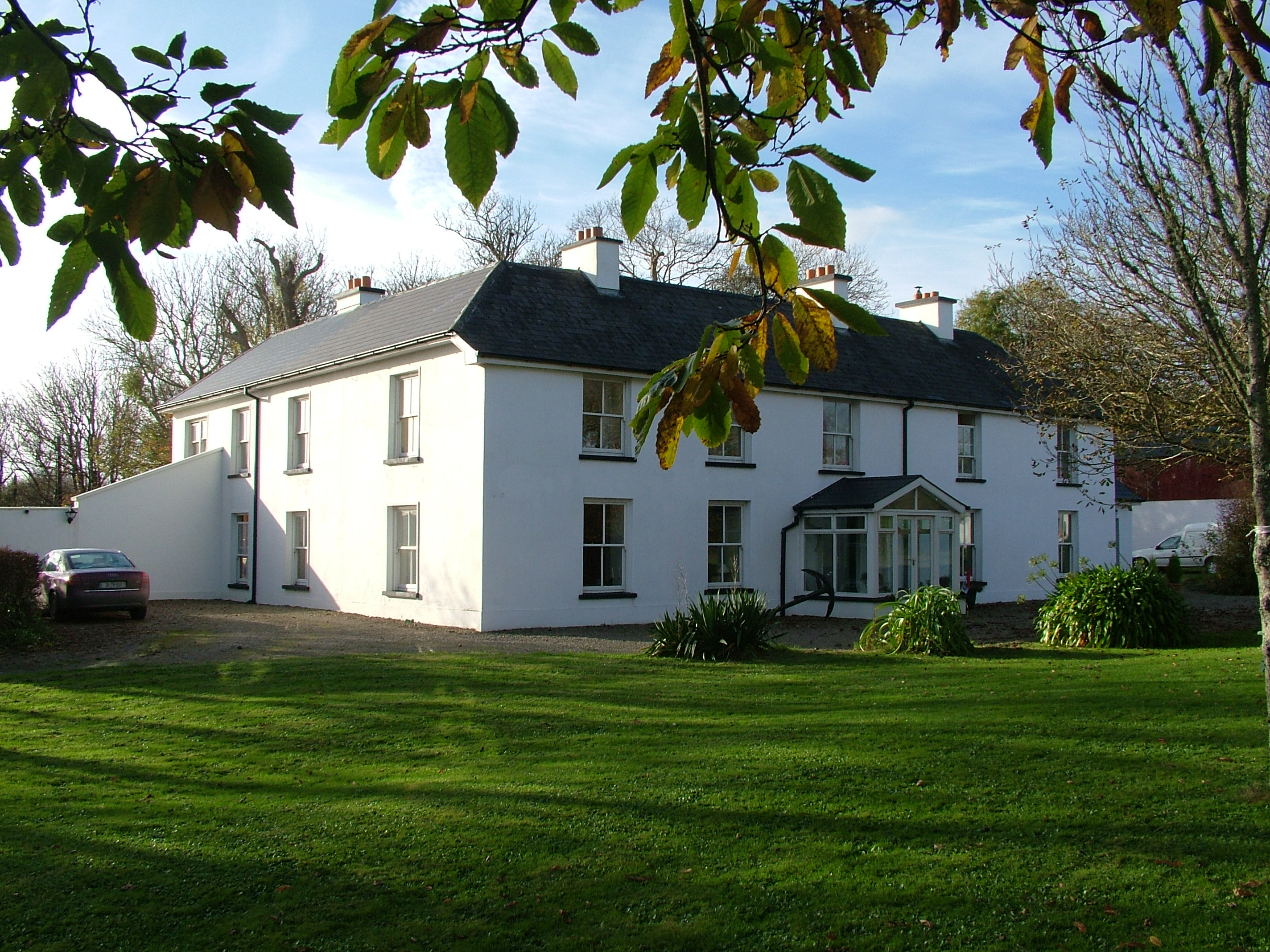
|
| Cappagh House (Kilrush) | Occupied by John Trousdell in 1814. Later the home of the Blairs who intermarried with the Persses of Moyode, county Galway. At the time of Griffith's Valuation it was occupied by William Blair leasing from the Vandeleur estate when the house was valued at £14. The property was labelled Cappagh House on the 25-inch Ordnance Survey map of the 1890s. Modern building has taken place in the area. | |
| Broomhill House | Situated just north of Kilrush. Weir writes that this was an old house built before the town of Kilrush. It was occupied by Robert Parkinson in 1814 and by John Kelly at the time of Griffith's Valuation who held it from Colonel Crofton M. Vandeleur. A house is still extant at the site. | |
| Kilrush House | An early 19th century house, home of the Vandeleur family, though they were in residence in the eighteenth century as Wilson refers to Kilrush as the seat of Crofton Vandeleur in 1786. In the mid 19th century it was valued at £85. In 1897 it was completely destroyed by an accidental fire. The site of the house is now a car park for those wishing to visit the Vandeleur Walled Garden, which has recently been restored, or to walk in the woods. |
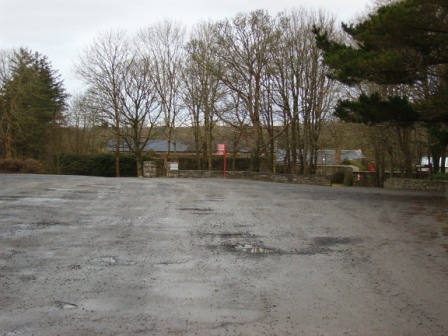
|
| Pella House | A Studdert home on the Vandeleur estate valued at £13 in the mid 19th century. Weir writes that the house was built by Admiral John Fitzgerald Studdert and it remained a Studdert home until 1900. Though a house is still extant at the site the original house is now ruinous. |
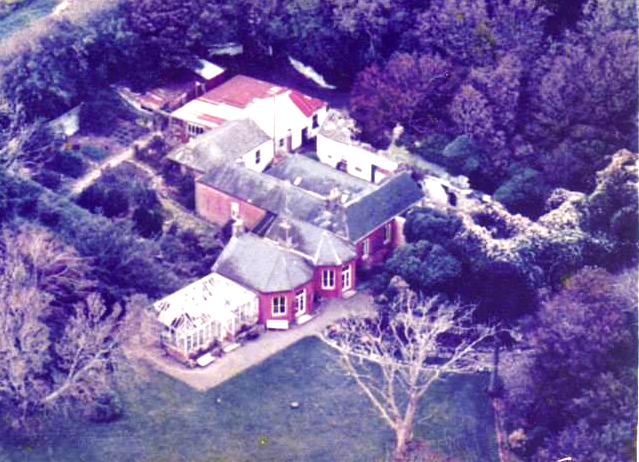
|
| Liscrona House | A home of the MacDonnell family possibly incorporating their original home before they bought New Hall in the mid 18th century. The present house was probably built post Griffith's Valuation as £1 is the highest house valuation in LIsheencrony at that time. In 1906 Charles R. A. McDonnell is recorded as owning a mansion house valued at £24+ at Lisheencrony. The house has had a number of owners in the 20th century and was restored in the 1970s. | |
| Belleview/Bellevue | A house located on the Vandeleur estate close to the town of Kilrush, the residence of Captain Jewell in 1814 and of Nicholas S. O'Gorman at the time of Griffith's Valuation, when it was valued at £11. Weir writes that this was a late 18th century house, still extant. |
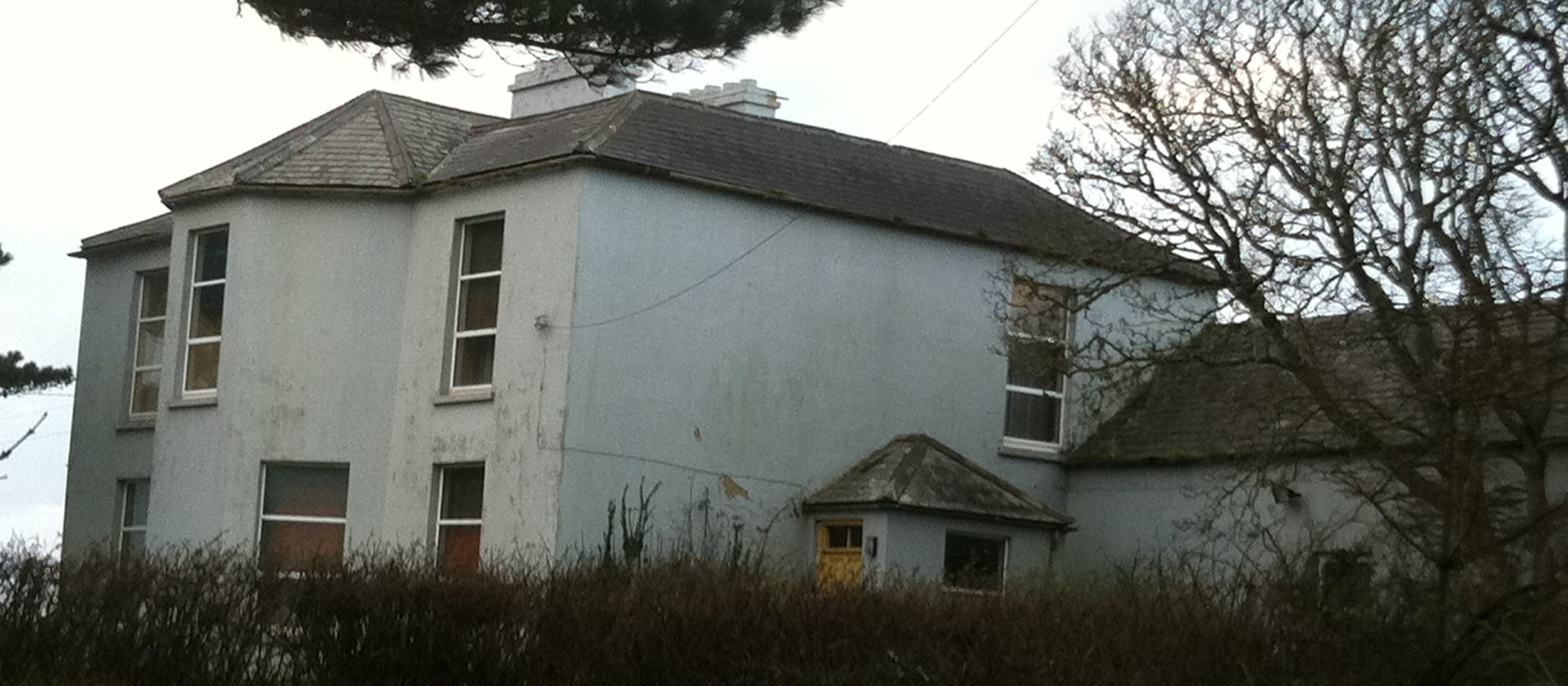
|
| Cappagh Lodge | Another larger house in Ballynote West townland, valued at £18 at the time of Griffith's Valuation and occupied by Robert H. Borough, who held it from Nicholas S. O'Gorman. This house is labelled Cappagh Lodge on the 25-inch Ordnance Survey map of the 1890s. Local sources indicate it was later occupied by the Butler family. Later in the twentieth century it was taken over by the Ryan family whose descendants still live there. | |
| Fort House | This house near the town of Kilrush was the residence of John Trousdell in 1814. Occupied by Richard Studdert in the early 1850s who held the house valued at £7 and three acres from Brew Cox Donovan. Weir writes that it was the agent's house for the Vandeleur estate at one time. | |
| Summer Lodge | Part of the Studdert estate held from the Marquis of Conyngham, the buildings were valued at £12+ at the time of Griffith's Valuation and the house was in the occupation of Jonas Studdert. A house still exists at the site. | |
| Atlantic Lodge | The home of a branch of the Studdert family of Clonderalaw in the mid 19th century held from the Marquis of Conyngham. It was the main residence of Jonas Studdert and was valued at £18 + in the early 1850s. The house is labelled Atlantic House on the 25-inch map of the 1890s and a coastguard station was built to the rear. Modern housing has now been built at the site. | |
| Querrin Lodge | Querrin Lodge was enlarged after the publication of the 1st edition Ordnance Survey Map and Griffith's Valuation. Borough family history indicates that it became the property of Randal Borough of Cappagh Lodge in the early 1850s. It is labelled Querrin Lodge on the 25-inch edition map of the 1890s. The building is still extant but derelict. |

